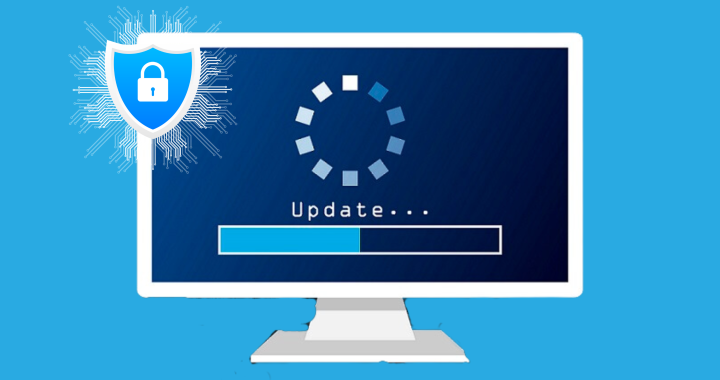Developers continually release updates to address vulnerabilities, improve functionality, enhance performance, and fix bugs. These updates often include patches for security flaws that malicious actors can exploit, putting your data and privacy at risk. By keeping your applications, systems, and networked devices updated, you reduce the attack surface available to cybercriminals, making it more difficult for them to compromise your digital assets.
Patching Security Vulnerabilities
The most critical reason to stay updated is to protect against security vulnerabilities. Hackers are always on the lookout for unpatched systems they can exploit. Once a vulnerability becomes public, it’s only a matter of time before attackers develop exploits targeting outdated software. Regularly installing updates helps ensure that you have the latest security patches, reducing the likelihood of a successful cyberattack.
Improving Functionality and Performance
Software updates often include new features and improvements to existing ones. By staying up-to-date, you can take advantage of these enhancements, which may lead to increased productivity or an improved user experience. Additionally, updates frequently address performance issues, such as bugs that cause applications to crash or run slowly. Keeping your software updated ensures optimal performance and reduces frustration.
Compliance with Regulations and Industry Standards
Many industries have regulations requiring organizations to maintain up-to-date software to protect sensitive data. Failing to comply with these requirements can result in fines, legal action, or damage to your reputation. Staying updated helps ensure that you remain compliant with relevant laws and industry standards.
Support and Maintenance
Software developers typically provide support and maintenance for the latest versions of their products. Using outdated software may mean limited access to technical assistance, which can be problematic if you encounter issues or need help troubleshooting problems. Keeping your applications, systems, and networked devices updated ensures that you have access to the support you need when you need it.
Best Practices for Staying Updated:
- Enable Automatic Updates: Many applications and operating systems offer automatic update features. Enabling this option ensures that you always have the latest security patches and improvements without having to manually check for updates.
- Regularly Check for Updates: If automatic updates are not available or feasible, establish a routine for checking for and installing updates. This can be as simple as setting reminders to check monthly or quarterly.
- Prioritize Critical Security Patches: When dealing with a large backlog of updates, prioritize those that address critical security vulnerabilities to minimize risk.
- Test Updates in a Controlled Environment: Before deploying updates across your organization, test them in a controlled environment to identify any potential issues or conflicts. This can help prevent disruptions and reduce downtime.
- Maintain an Inventory of Applications and Devices: Keep track of all the software, systems, and networked devices in your environment. This inventory will help you stay on top of updates and ensure that nothing is overlooked.
In conclusion, keeping applications, systems, and networked devices updated is a fundamental aspect of digital security. By regularly installing updates, you protect yourself against security vulnerabilities, enjoy improved functionality and performance, maintain compliance with regulations, and have access to the support you need. Don’t overlook this essential task – make updating a regular part of your technology management strategy.

